Feb 2025 | Microhabitats, morphometrics and the microbiome of Guthega Skinks
Heading up to the Bogong High Plains and Mt Kosciuszko in search of Guthega skinks was a field trip like no other. The alpine region threw everything at Jessica and her volunteer Dani—from complete whiteouts, flood warnings and icy weather to scorching hot days. Conditions tough enough to throw off even the most seasoned ecologist. But with persistence (and some help from their research partner Zak), Jess and Dani managed to swab Guthega skinks across both locations—and even broke a few lizard-catching records at some colonies. A definite trip highlight, and an instant source of bragging rights. The swabs are now off to the lab for DNA extraction and sequencing analysis and ABG’s newest honours students waits with anticipation for her results.

Dec 2024 | Scoping the Alps: Guthega Skink Field Reconnaissance
Earlier our small team set out for a scoping trip across two alpine regions—Mt Kosciuszko National Park in New South Wales and Falls Creek on the Bogong High Plains in Victoria—to locate field sites and assess habitat for the elusive Guthega skink (Liopholis guthega). Over four nights split between the two locations, we encountered a full spectrum of mountain weather, some resilient reptiles, and more than a few soaked boots. Our group included Jessica, a student keen to hone her field skills; Dani and Estefany, our dedicated volunteers; Zak, our collaborator; and Richard, supervising the effort. The plan was straightforward: spend two nights at each site, explore potential survey areas, confirm skink presence, and collect preliminary habitat data to prepare for the main field season.
We began in Mt Kosciuszko National Park, arriving to one of those rare alpine days when everything conspires to be perfect — crisp blue skies, moderate wind and broad views across snowgrass meadows. Under these ideal conditions, we quickly located several promising patches of rocky habitat and, to everyone’s delight, spotted our first Guthega skinks basking in the morning sun.
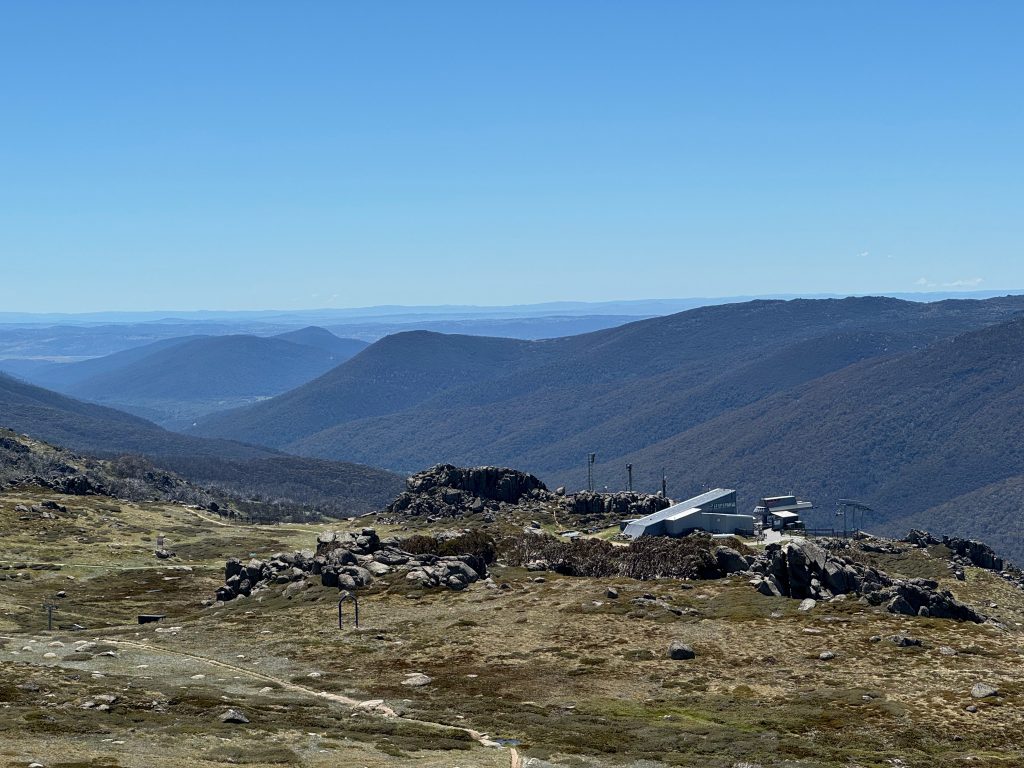




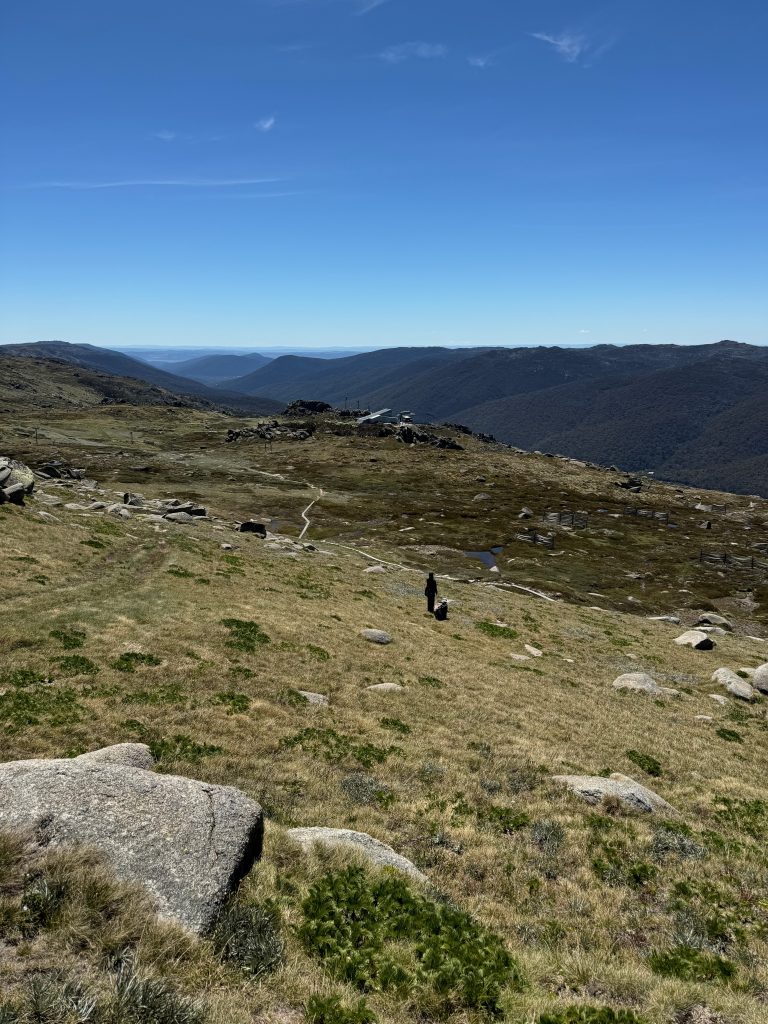


The following day was a complete reversal. The weather closed in with relentless rain, low cloud, and gusty winds that tested both our waterproof layers and our morale.
Nevertheless, we pushed on with habitat assessments, measuring rock cover and vegetation structure while trying to keep field notebooks dry enough to read later.

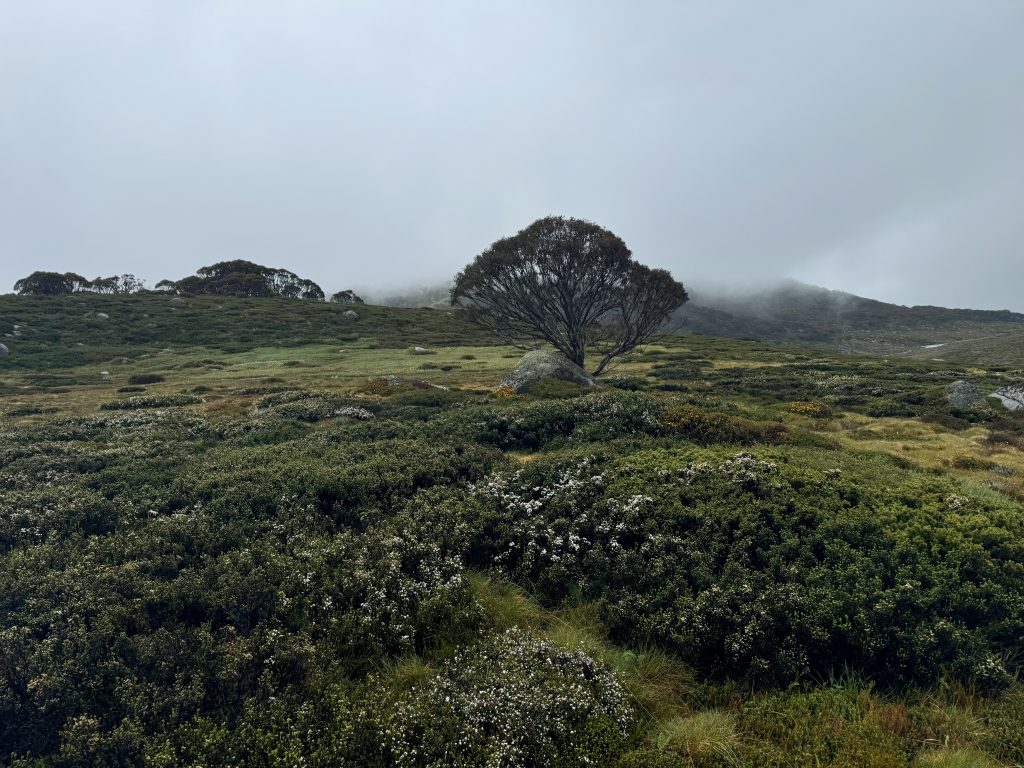

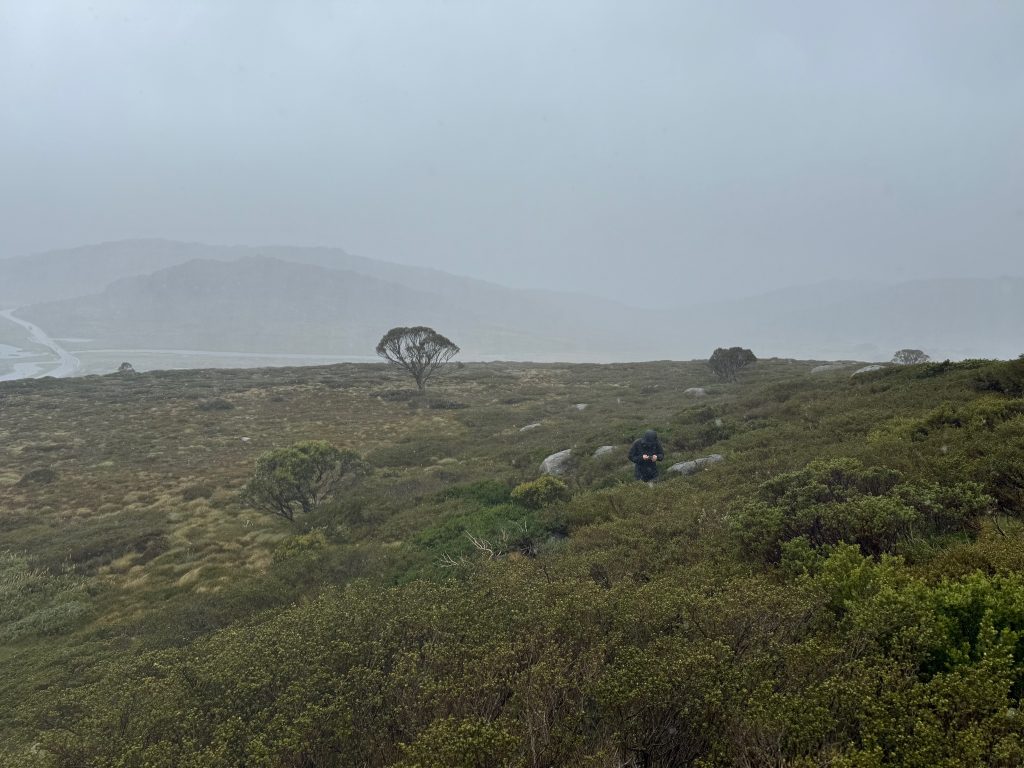
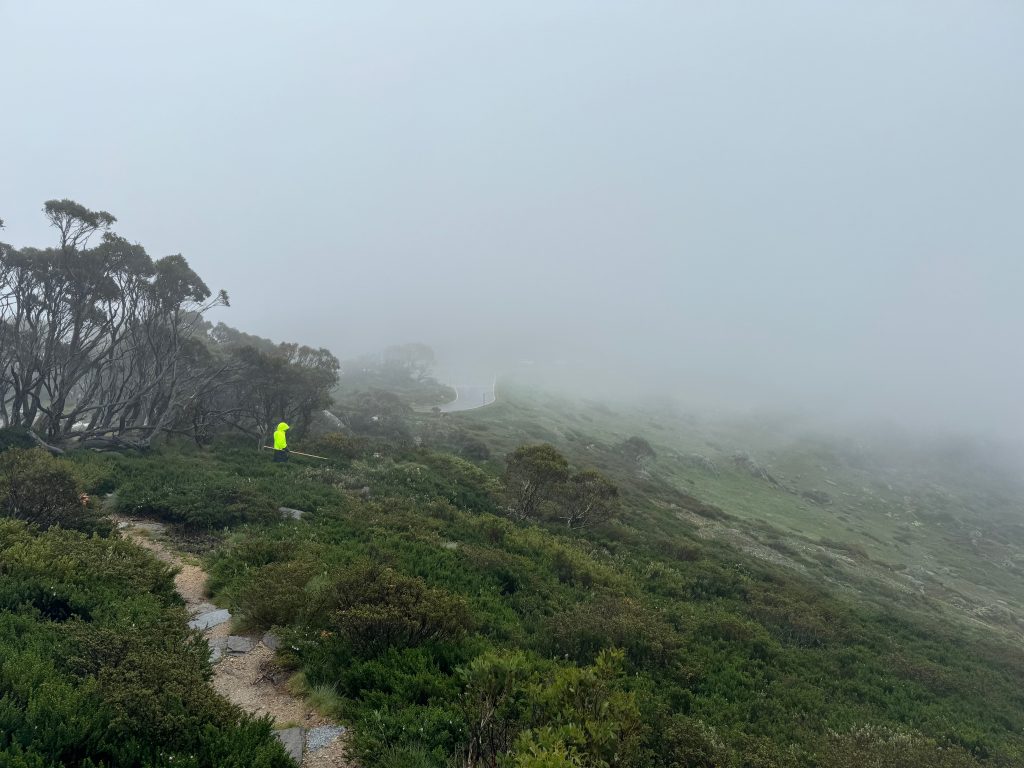

After two nights, we packed up and drove south to Falls Creek. Compared to the extremes of Kosciuszko, the conditions there were manageable — overcast but dry, and relatively mild. The terrain was equally promising, with mosaic habitats of boulder fields and alpine heath. We confirmed skink presence at multiple sites and completed the planned habitat surveys without any further drenching.


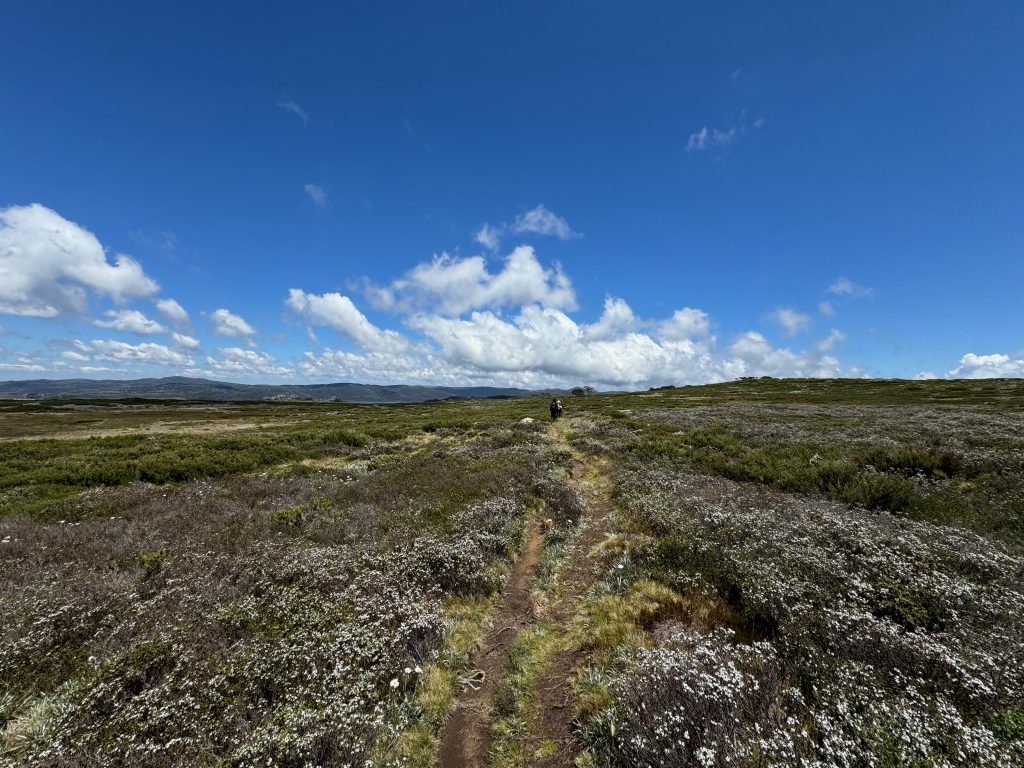
By the end of the trip, our objectives were met. We had located several key sites, observed active Guthega skinks, and gathered the baseline data required to plan our follow up trip. Though one day’s weather left us thoroughly soaked, the trip was a success overall—and a timely reminder that alpine fieldwork always rewards preparation and a sense of humour.

